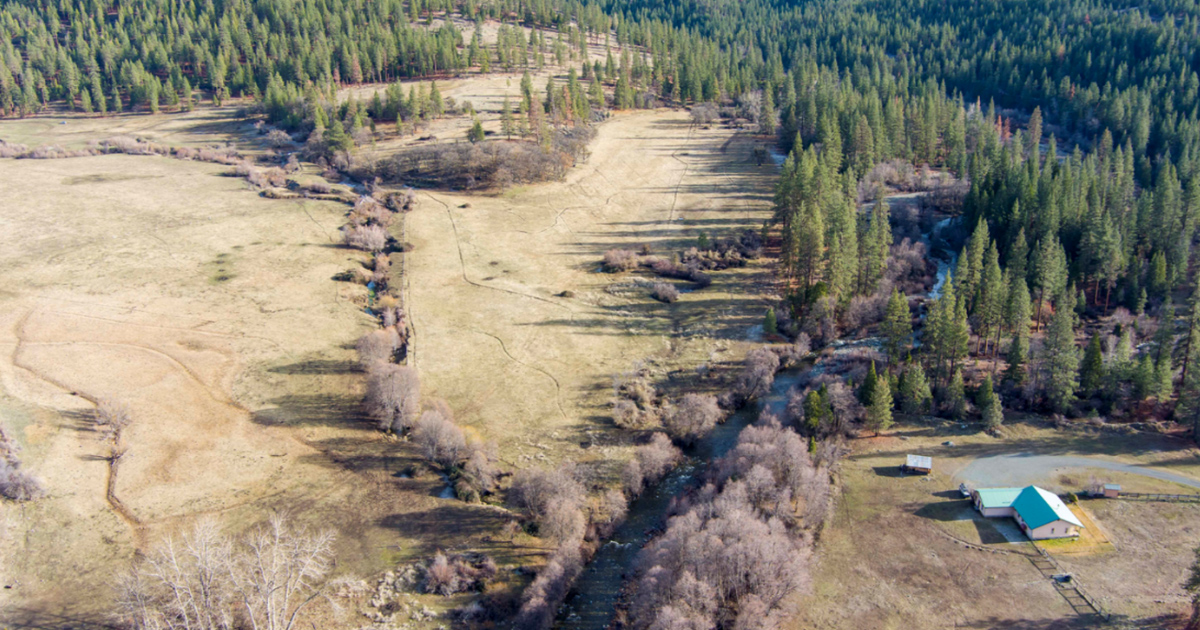As Klamath Dams Come Out, Restoration Project Develops on Important Klamath Tributary
The Klamath River has historically been the birthplace of many of California’s salmon, but, severed by dams, it is disrupted and disconnected, and salmon and other watershed residents have suffered from the impacts. Today the watershed is playing host to the largest river restoration project in the world. By the end of 2024, all four lower hydroelectric dams will be removed, creating access to 400 miles of historical anadromous habitat for the first time in 100 years. Dam removal is also a momentous step towards social justice for the six federally recognized Tribes who depend upon the basin’s fish, clean water, and healthy ecosystems for their health, livelihoods, and spiritual and cultural practices.
Restoration of the Klamath River tributaries will be critical to the success of dam removal. The Scott River, one of the primary tributaries to the Klamath River, produces the greatest number of federally threatened coho salmon in the Klamath Basin. However, mining, agriculture, and development have significantly altered hydrologic function and degraded riparian habitat resulting in less-than-optimal conditions for coho salmon. CalTrout and our partners are working together on the East Fork Scott River to promote access to and increase the quantity and quality of coho spawning and rearing habitat.
The East Fork Scott River contains 20%, or 60 miles, of modeled anadromous habitat in the Scott River watershed. In 2021, a local landowner sold a pivotal piece of property on the East Fork, with undeniable potential to become a coho salmon stronghold. The Wildlands Conservancy (TWC) purchased the 6,094-acre ranch, encompassing 6.7 miles of coho critical habitat, now called The Beaver Valley Headwaters Preserve (‘Preserve’). The acquisition of this property by a conservation landowner presents an unparalleled opportunity for landscape-level restoration in the headwaters of the Scott River. The property contains three tributary confluences to the East Fork, all within two miles, each with different seasonal and complementary benefits to coho in various life stages. This interconnection of vital habitat types in such proximity is invaluable to species survival and ecosystem resilience. Additionally, the project is located less than a mile from the mainstem Scott River. The Preserve represents the salmonid gateway to the entire East Fork watershed.
Watch our video to learn more about what this project will entail and to hear from those involved!
Our team is embarking on an ambitious journey to recover coho salmon and TWC’s Beaver Valley Headwaters Preserve presents an incredible opportunity to do just that. The project team is in the design phase, funded by CalTrans. CalTrout is currently seeking funding to implement this restoration project on the Preserve to enhance miles of aquatic habitat, restore fish passage to an important cold-water tributary, increase water efficiency and groundwater recharge, and promote inclusion of tribal and underserved communities through education, outreach, and partnership. When the project is complete, it will have transformed the landscape of the East Fork Scott River and enhanced community and ecosystem resilience to climate change.
The project benefits from a broad partnership of over a dozen organizations including TWC, Quartz Valley Indian Reservation (QVIR), the Karuk Tribe, NOAA Fisheries, the Scott River Water Trust (SRWT), the Scott River Watershed Council (SRWC), Siskiyou County Department of Education, California Department of Transportation, California Department of Fish and Wildlife, California State Water Resources Control Board, and others. TWC, CalTrout and a host of project partners are working as a team to promote public engagement and education opportunities on the Preserve. The project will focus on employing local community members and tribal youth, boosting economic vitality to the 8,000 residents of the Scott Valley.
Explore Recently Completed CalTrout Projects in the Klamath Basin:
Cover Photo and Video Production: Pusher, Inc.





